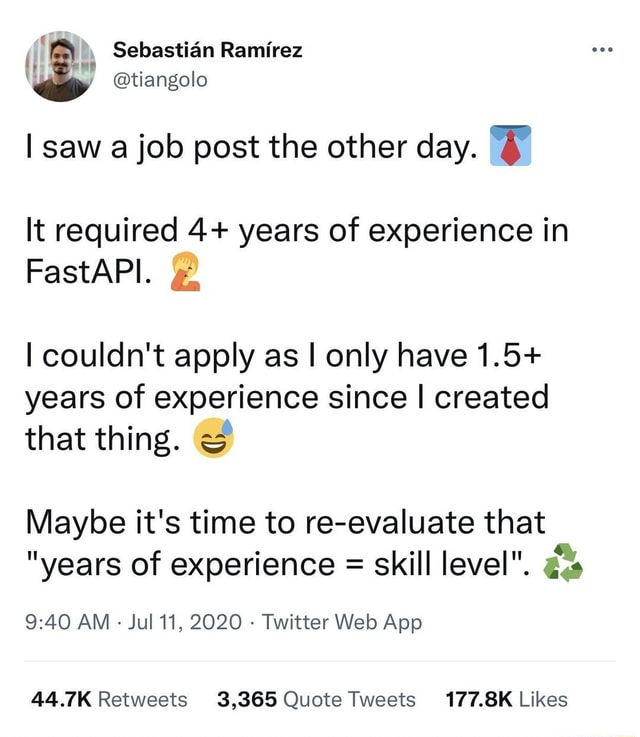Becoming a "Purple Squirrel": Building an In-Demand Skill Set for Today's Competitive Job Market
- Alicia Tonello

- Apr 30, 2024
- 4 min read
The world of work is constantly changing as technology develops at ever-increasing rates and professional roles are adapted to accommodate this. Skills that were once important to have may become less so, while employers increasingly seek staff that are, above all, versatile. Although the term “purple squirrel” has been in use for over 20 years, it is arguably more relevant than ever in today’s job market, and job seekers would benefit from adding a splash of colour to their resumes.
Read on to learn about the purple squirrel phenomenon and how you can strategically acquire new, high-income skills.
What is a “purple squirrel”?
A “purple squirrel” is a job candidate that has a combination of skills and experience that may not exist in reality. In other words, a purple squirrel is very difficult, if not impossible, to find. This term highlights the unrealistic expectations that many companies have when recruiting for open positions. Take the following example, which demonstrates a job requirement that is impossible – even for the developer of the software mentioned – for an applicant to have:

However, we can also learn something from the types of candidates recruiters are looking for, even if, in many cases, these candidates may not exist “in nature.”
What does this mean for job seekers?
While some situations like the one described in the image above may come up, a more common occurrence is that of an employer seeking a candidate with a particular blend of skills. For instance, there is evidence that jobs are becoming increasingly hybridized in that they require the use of both “hard” and “soft” skills (i,e., technical and interpersonal skills, respectively). Employers also seek job applicants that have experience that complements their primary role. For example, a recruiter for a research analyst position might seek individuals who have experience in project management, advertisement of studies to potential participants, and effective communication with various stakeholders in addition to analysing data. In light of this, job seekers would be wise to equip themselves with skills that will allow them to be competitive in today’s job market. The question, then, is how to select the appropriate skills to work on before you find yourself looking for work and being faced with “wanted” ads for purple squirrels.

Become a “T-shaped” candidate
One way of thinking about skill development is to focus not just on areas relating directly to your current role, but on those relevant to other disciplines, as well. This can be visualized as a “T” shape, with the vertical line representing the depth of knowledge of one’s area of expertise and the horizontal bar representing the breadth or degree of variety of the other skills the person has. T-shaped candidates are also known as generalizing specialists. For instance, a creator who has experience in e-commerce and digital marketing is likely to reach a wider audience than one who does not have these skills.
Develop a combination of skills that is rare and valuable
It is necessary to have a strategy in selecting which abilities to develop. Thinking about the possible impact of skills in combination with each other is a way to approach this. Ideally, the variety of skills a potential candidate possesses is not just valuable, but rare, as well. To determine what such a skill set would look like, it can be helpful to research leaders in your field:
Have a look at their LinkedIn profiles, publication lists, or CVs, if available.
Identify what makes these individuals stand apart from the typical professional in their field.
What courses have they taken?
What are the disciplines of their collaborators?
What kinds of projects have they contributed to?
If possible, having an informational interview with an experienced T-shaped professional would be extremely valuable.
In addition, keeping up to date on news and reports pertaining to your industry can be useful in determining how it is likely to change and how you can be prepared for that.
Practice deliberately and diligently
Once you’ve identified the skills you’d like to work on, it is important to work smarter, not harder so that you maximize the benefits resulting from your efforts. The author of So Good They Can’t Ignore You, Cal Newport, has advocated for “deliberate practice” – intentionally working outside of your comfort zone on a regular basis while seeking feedback along the way. A particularly effective strategy is to create a goal with a specific benchmark. For example, “publish 20 podcast episodes” or “design an open-source software program.” The outcome must be concrete – telling yourself you will learn about or improve a certain skill does not provide you with any direction, so you will likely end up going nowhere.
Versatility is the name of the game: employers are increasingly seeking workers who have varied skill sets that will enable them to adapt to changes within their respective fields. It is important to carefully consider the combination of skills you aim to develop so that you end up with a unique blend that sets you apart from the crowd. How can you add to your skill set so that you stand out among other job seekers? What will be your first step?



Comments